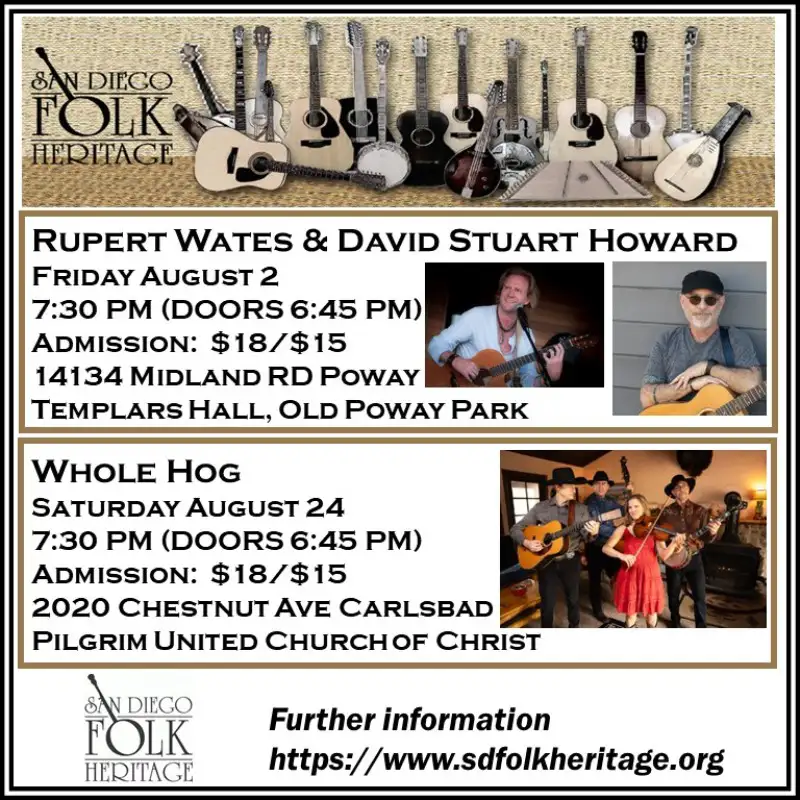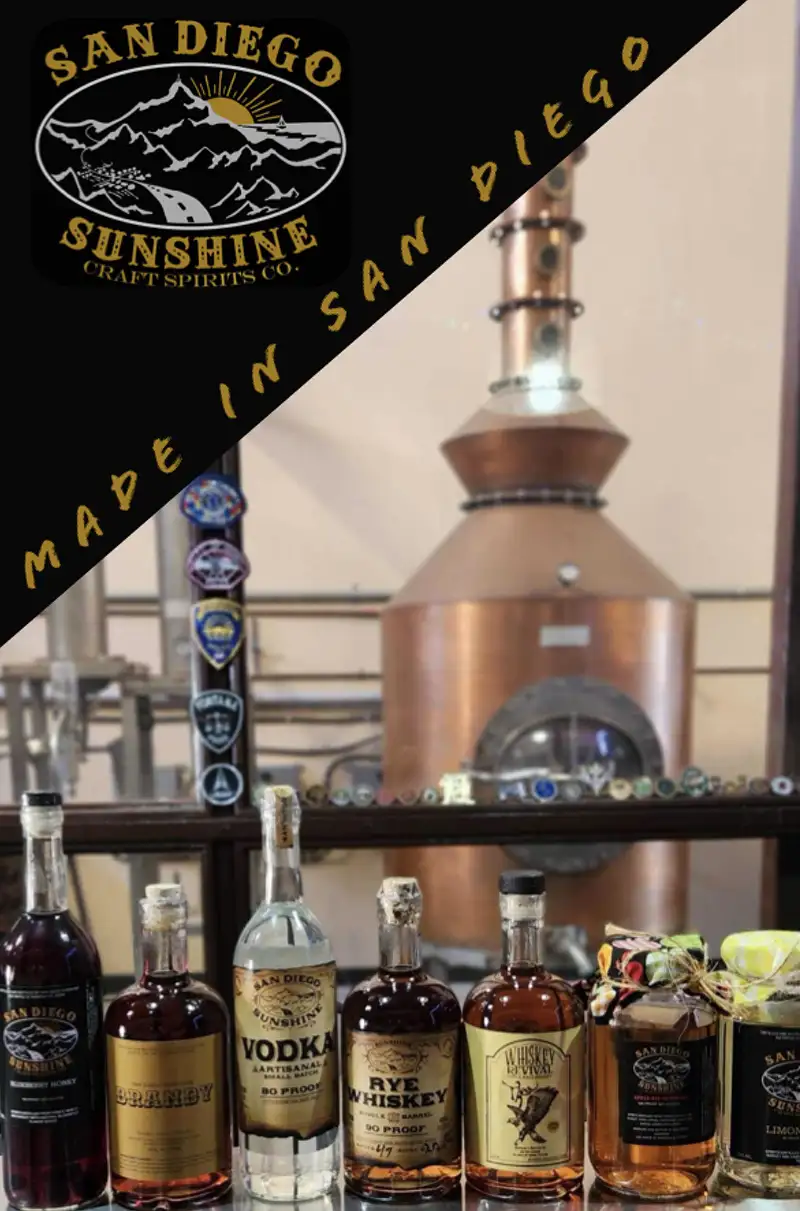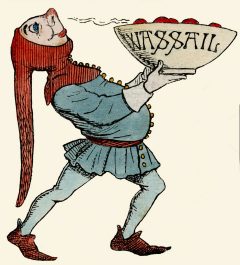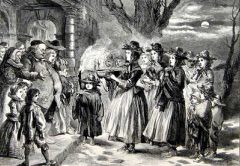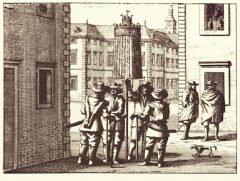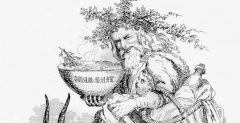Featured Stories
Peasants, Poets, and Pagans: A Little Yuletide History
Here in San Diego we just experienced “Daylight Savings,” when we all moved our time keepers back one hour. Each day, it becomes darker sooner. Even in sunny San Diego we can get into the holiday spirit as each day grows shorter and shorter—until we reach the winter solstice, the shortest day and longest night of the year. In the northern hemisphere, it takes place between December 20 and 23, depending on the year. Cultures around the world have long held feasts and celebrated holidays around the winter solstice. Fire and light are traditional symbols of celebrations held on the darkest day of the year. Following the winter solstice, days become longer and nights shorter as spring approaches. Humans most likely began observing the winter solstice as early as the neolithic period—the last part of the Stone Age, beginning about 10,200 BC. Early man in Europe was both mystified and frightened of the winter solstice when the sun seemed so far away and everything else on earth seemed so cold and dark. Neolithic monuments, such as Newgrange in Ireland and Maeshowe in Scotland, are aligned with sunrise on the winter solstice. Many archaeologists believe that these tomb-like structures served a religious purpose in which Stone Age people held rituals to capture the sun on the year’s shortest day. These very own Stone Age people built Stonehenge, which is oriented toward the winter solstice sunset. Many experts believe that Stonehenge was a place of December rituals for Stone Age people.
Other groups of people throughout the world were moved to create solstice celebrations. One Roman winter solstice celebration was called Saturnalia. The holiday honored Saturn, the god of agriculture. The celebration took place the entire week before the winter solstice. The celebration included plenty of food and drink and turned the normal Roman social order upside down: for a week, slaves would become masters and masters became slaves. Peasants were in command of the city. Business and schools were closed so that everyone could join in the fun. In addition to the winter solstice the Roman upper classes celebrated the birthday of Mithra, on December 25. Mithra was an ancient Persian god of light. It was believed that Mithra, an infant god, was born of a rock. For many Romans, Mithra’s birthday was the most sacred day of the year. Consequently, many scholars believe the early Roman Catholic Church chose the same date for Christmas in order to supplant pagan rituals.
The Germanic peoples of Europe and the Norsemen of Scandinavia they celebrated Yule, which lasted from the winter solstice through January. Scholars connected the original celebrations of Yule to the Wild Hunt, when the souls of dead warriors (often with the god Odin leading them) rampaged through the night. When Yuletide was reformed by Christianity (again, to appease many peasants who were forced to convert to Christianity and leave behind their pagan beliefs), it became known as Christmastide and incorporated many pagan customs, like the burning of the yule log. The ceremonial yule log was the highlight of the solstice festival. Fathers and sons would bring home large logs, which became known as yule logs in recognition of the eventual return of the sun. Once carried into the house and placed in the fireplace, the yule log would be decorated in seasonal greenery, doused with cider or ale, and dusted with flour before set ablaze by a piece of last year’s log. The log would burn throughout the night, then smolder for 12 days while the people would feast until the log completely burned out.
The Inca empire paid homage to the sun god Inti at a winter solstice celebration called Inti Raymi (Quechua for “sun festival”). In Peru, like the rest of the southern hemisphere, the winter solstice takes place in June. The Incas fasted for three days before the solstice. Before dawn on the day of solstice, the Incas walked to a ceremonial plaza and waited for the sunrise. When it appeared, they got down on their hands and knees before it, offering golden cups of chicha (a sacred beer made from fermented corn). Llamas among other animals were sacrificed during the ceremony, and the Incas used a mirror to focus the sun’s rays and start a fire.
The Chinese celebration of the winter solstice, Dong Zhi (which means “winter arrives”), welcomed the return of longer days and corresponded with the increase of sunlight, which means more positive energy in the year to come.
In Japan, the winter solstice was less a festival than a traditional practice centered on starting the New Year with health and good luck. It’s a particularly sacred time of the year for farmers, who welcome the return of a sun that will nurture their crops after the long, cold winter.
In Iran they have celebrated for centuries Shab-Yalda (night of birth) an Iranian festival celebrating the longest and darkest night of the year. The celebration springs out of ancient Zoroastrian traditions and customs intended to protect people from evil spirits during the long night. They often did this with huge bonfires.
And for many Native American tribes, the winter solstice signified the beginning of the new year. For the Zuni, for example, in western New Mexico, the winter solstice was marked with a ceremonial dance called Shalako. The Shalako were very tall effigies with bird heads that were seen as messengers from the gods. They danced for four days around fires and gave gifts in anticipation of a prosperous new year.
Despite regional differences in the evolution of these feasts and in their cultural significance, they all included elements of sun worship, revels, masquerades, and divination, since the winter solstice was considered to be a time of great importance. The fertility of the fields, the reproduction of the cattle, the health of the people, and the conclusion of marriages in the coming year were all deemed to depend on the observance of the solstice rituals. For all these various groups of people they understood that the winter solstice was the longest night of the year—and that meant that the sun, the giver of all energy, was beginning its long journey back toward Earth, thus it was a time of reflection, celebration, and for rejoicing in the knowledge that soon the warm days of spring would return, and the dormant Earth would come back to life. Today, in America, many customs of yule are still maintained, regardless of whether people are ethnically related to northern Europeans. These customs are identified with Christmas today. If you decorate your home with a yule tree, log, holly, or candles, you are following some of these old traditions. What ties all of these traditions from Europe to Iran to the Andes together is the singing of special songs (sometimes playing instruments) that help to heighten the spiritual ceremonies and bring people together in one voice.
The tradition of singing Christmas carols on the eve of Christmas can be traced to the English tradition called wassailing. From Old English (be hale) wassail was a medieval hot drink (usually cider made from crab-apples, mixed with mead and cinnamon, ginger, and nutmeg). Beginning in the Middle Ages people (often the poor peasantry) went from door to door during Yuletide, drinking from a wassail bowl and singing songs. The word wassailing today has been displaced by caroling. People went wassailing to homes in exchange for gifts and others went to the orchards where cider was produced where they sang away the evil spirits and beseeched the trees to provide an ample harvest in the coming year. This custom was performed primarily in the cider-producing west of England (primarily the counties of Devon, Somerset, Dorset, Gloucestershire, and Herefordshire). Wassailing was a crucial part of Jersey, Channel Islands’ local winter solstice traditions, because before the twentieth century most of the local economy came from the sale of cider. Here is an old rhyme that was sung in the orchards on Jersey in Jerriais, the form of the Norman language spoken off the west coast of France.
Wassail the trees, that they may beare
You many a Plum and many a Peare:
For more or lesse fruits they will bring,
As you do give them Wassailing.
Another example of singing (caroling) to the apple orchards.
Here’s to thee, old apple tree,
That blooms well, bears well.
Hats full, caps full,
Three bushel bags full,
An’ all under one tree.
Hurrah! Hurrah!
Here is an example of a toast given on the winter’s solstice:
Apple tree, apple tree we all come to wassail thee,
Bear this year and next year to bloom and blow,
Hat fulls, cap fulls, three cornered sacks fills…”
In Eastern Europe, many of the winter solstice pagan traditions were still being practiced well into the twentieth century and today one can find some of these customs and songs as part of Eastern European folklore. These pagan customs among mostly the poor peasantry in eastern Poland, Belarus, Ukraine, Moravia, Romania, Serbia, and Bulgaria survived the hegemony of the Catholic Church because the local village priests had not had adequate theological training and were not entirely against paganism if it could be explained in some kind of Christian theological terms. The Eastern European solstice songs that were performed during the winter holy days resembled Christmas carols. Unlike Christmas carols, however, which circulated mainly in manuscript the East European songs belonged to oral tradition. The composer and ethnomusicologist Béla Bartók, who collected Romanian folklore before World War I, from the peasantry who lived in Transylvania and in the Carpathian Mountains said, “among all the Eastern European peoples, the Romanians have preserved best till this day these partly ancient songs of the winter solstice.”
And, of course, the tradition of celebrating the Yuletide season crossed over the Atlantic in the 17th century and became a fixture among the populace in parts of New England. The poor would either ask to drink from their rich neighbor’s wassailing bowl or would bring their own bowl, asking for it to be filled. At these gatherings, the bands of roving wassailers performed songs for the master while drinking his beer, toasting him, his family, his livestock, and his crops, wishing continued health and wealth, which by extension meant the poor peasant had work for the next season working on the farm and in the orchards. By the 19th century, wassailing was still being done but not as much. Beginning in the 1830s, music publishers started releasing the first commercial Christmas carols, publishing classics such as “God Rest Ye Merry Gentlemen” and “The First Noel.” As the custom of caroling became the dominant door-to-door pastime, alcohol induced merry making and begging faded. By the turn of the 20th century, carolers were more likely to sing about libations than actually drink them. The original lyrics of “Here We Come a-Wassailing” are quite upfront about what’s going on:
Our wassail cup is made
Of the rosemary tree,
And so is your beer
Of the best barley.
Call up the butler of this house,
Put on his golden ring.
Let him bring us up a glass of beer,
And better we shall sing.
We have got a little purse
Of stretching leather skin;
We want a little of your money
To line it well within.
Bring us out a table
And spread it with a cloth;
Bring us out a mouldy cheese,
And some of your Christmas loaf.
Here in America few to most people do not know that those who celebrate Christmas with caroling and drink are actually linking themselves to their pagan ancestors. I cannot promise you any moldy cheese or hard cider, but Hot Pstromi will provide a concert of many different folk melodies and songs celebrating the Winter Solstice. The concert, called “Winter Schminter,” will take place at the San Diego Repertory Theatre, December 23, 7:30pm, in the Lyceum Theatre, Horton Plaza. The musicians who will be holding their wassail bowls out to the audience are Mark Dresser on bass, Fred Benedetti on guitar, Elizabeth Schwartz providing vocals, and I, the fiddler, Yale Strom. Happy Holidays to one and all. https://www.sdrep.org/showinfo.php?showid=503



